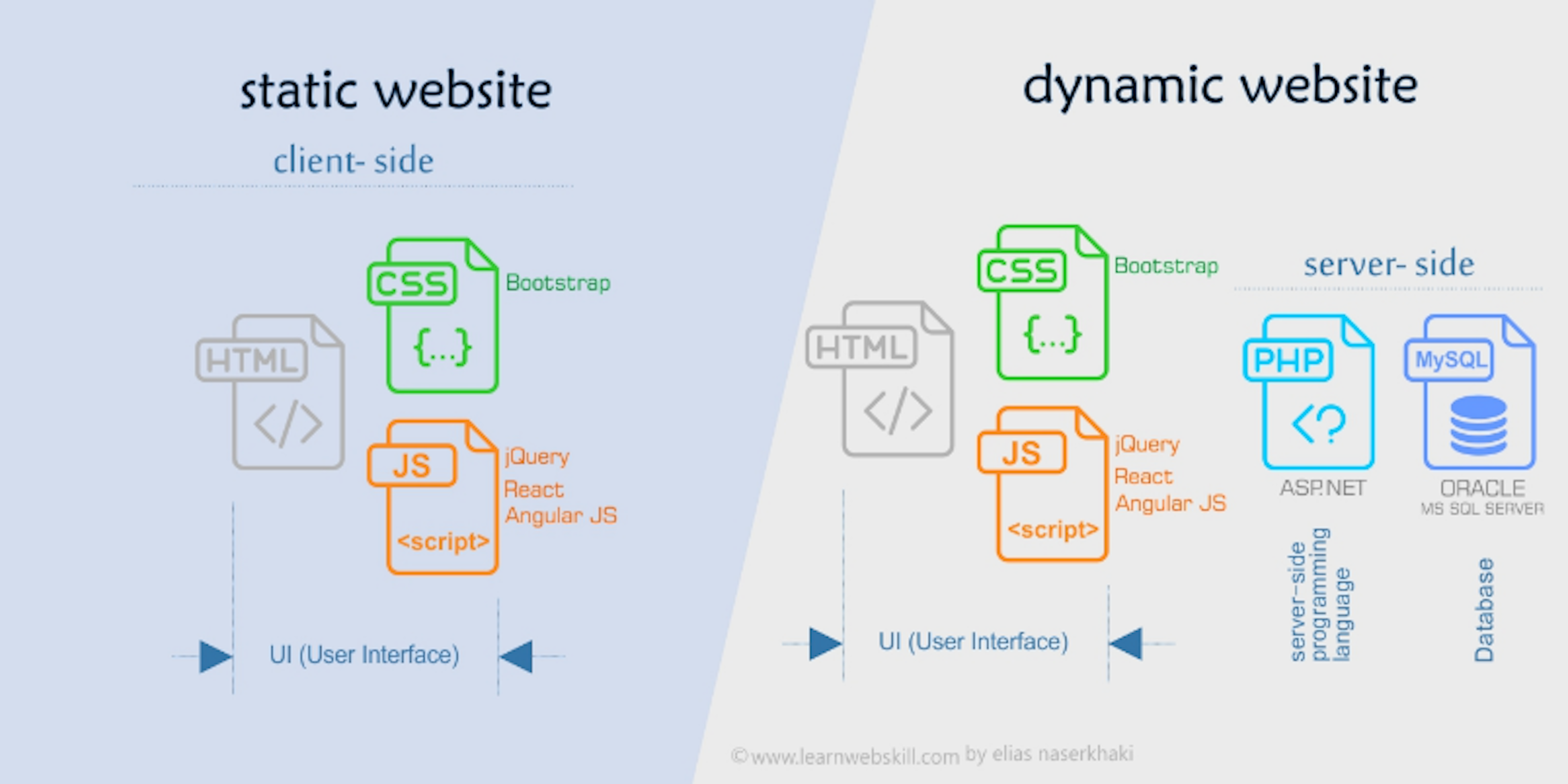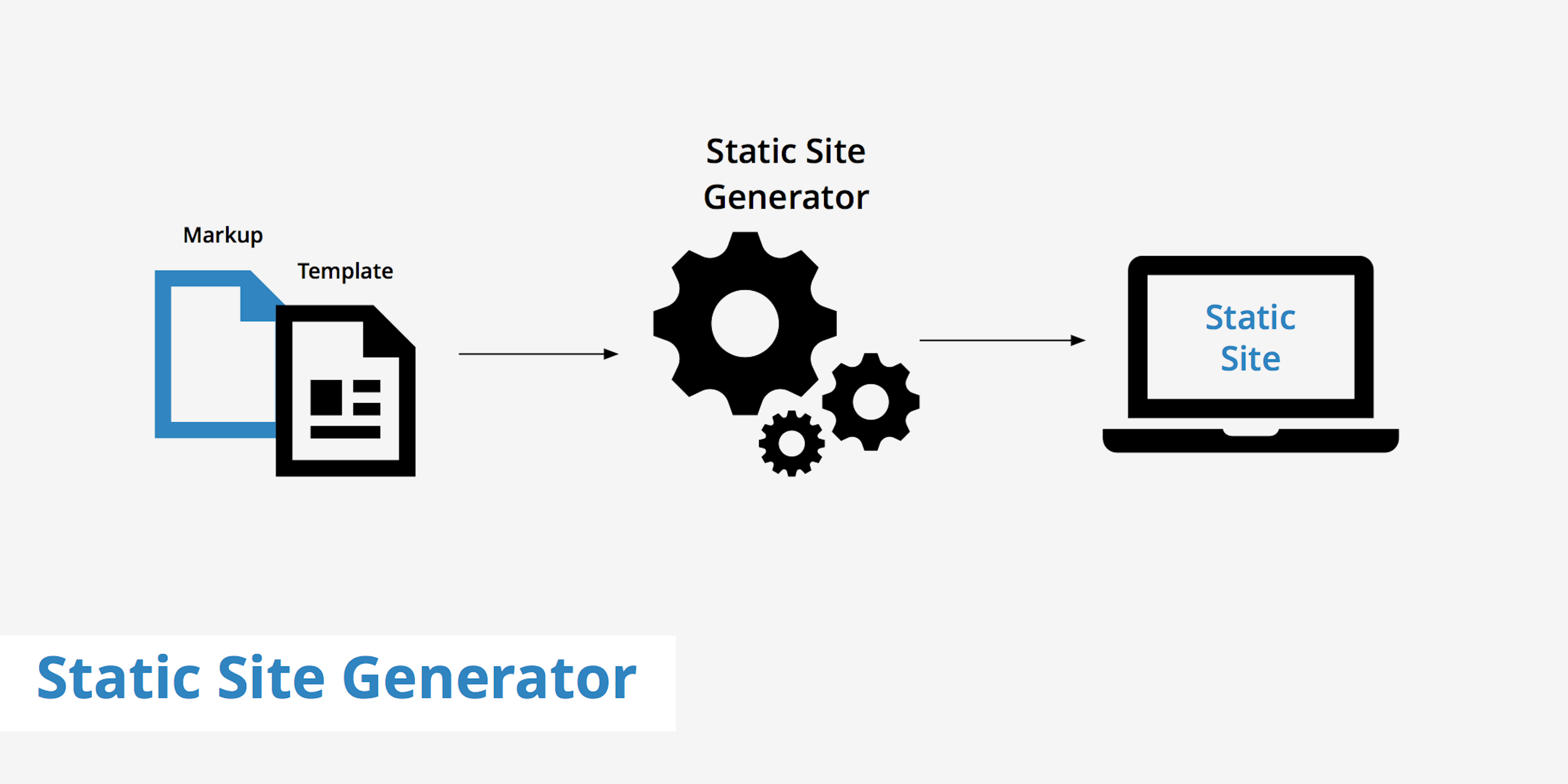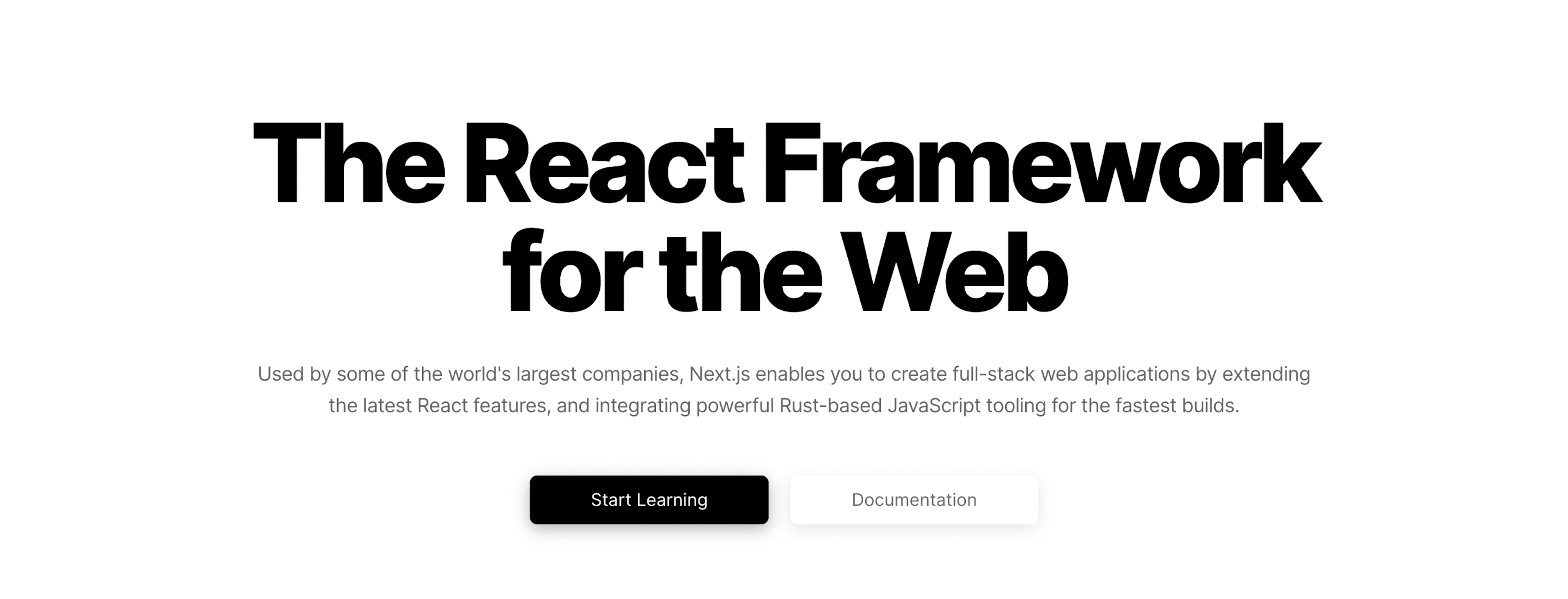What is Static Site Generators? A Beginner's Approach

It's crazy to think about how much the internet has evolved since its inception.
Do you remember the days when websites were just a handful of static pages with basic HTML and some images? I sure do!
But as time went on, websites became more and more complex, with dynamic content, interactive elements, and all sorts of fancy features.
Dynamic websites, powered by server-side scripting languages like PHP and JavaScript, quickly became the norm. They could do all sorts of cool things, like personalized user experiences and real-time updates, but they also had some downsides. They were more resource-intensive, slower to load, and more susceptible to security threats.
But just when we thought dynamic sites were here to stay, a new kid on the block emerged - Static Site Generators (SSGs). These generators provide a solution that combines the best of both static and dynamic sites.
In this article, I will take you on a journey through the history of website development, from the early days of static sites to the rise of dynamic sites and finally to the emergence of SSGs.
We'll explore the pros and cons of each approach and discuss why SSGs have become such a popular choice for web developers today. I’d also suggest some resources to help you start with SSGs. So let's dive into the world of Static Site Generators!
What are Static Sites?
You might be wondering, what even are static sites?
Well, they're websites that consist of pre-built HTML, CSS, and JavaScript files that don't change unless you manually update them.
Now, you might be thinking, "why would anyone use a static site when there are so many dynamic sites out there?" Well, static sites actually have some pretty cool advantages!
-
For starters, they're super fast because no server-side processing is involved. This means that your site will load in a snap, which is great for keeping visitors engaged.
-
They're really secure. Since there's no server-side processing, there's less risk of vulnerabilities and security breaches. This is especially important for sites that handle sensitive information.
But of course, like anything, static sites do have their downsides.
-
One of the biggest is that they can be hard to maintain if you have a lot of pages. Since each page must be manually updated, it can be a real pain to change your site.
-
Also, if you want your site to have any custom functionality, like user authentication or real-time updates, you're out of luck with a static site. It's just not possible without adding some kind of server-side processing.
What are Dynamic Sites?
So, what exactly are dynamic sites?
Well, they're websites that use server-side processing to generate content on the fly. This means that the content you see on the site can change based on user input or other factors.
Some of the biggest advantages of dynamic sites is that:
-
They can have some really cool custom functionality. Want to build an e-commerce site with a shopping cart and payment processing? No problem! Dynamic sites make it easy to add these kinds of features.
-
They're easier to maintain if you have a lot of pages. Since the content is generated on the fly, you can make changes in one place and reflect them across your whole site. Plus, if you have a lot of user-generated content, dynamic sites are the way to go.

— Static Site vs. Dynamic sites (Source: Maestral Solutions)
But, of course, dynamic sites do have their downsides.
-
They can be slower to load than static sites since they have to generate content on the server-side. This can be a real problem for visitors who don't have a lot of patience.
-
They are generally less secure than static sites since they require more server-side processing. This means that there's more potential for vulnerabilities and security breaches.
What are Static Site Generators?
You might be wondering, what the heck is SSGs?
Well, they're tools that take your website's content and templates and generate pre-built HTML, CSS, and JavaScript files.

— Static Site Generator (Source: KeyCDN)
So how do SSGs work exactly?
Essentially, you write your website's content in plain text files, then use a generator like Jekyll or Hugo to convert them into static HTML pages. This means your site is fast, secure, and easy to maintain without requiring server-side processing.
Some of the biggest benefits of SSGs is that:
-
They're super fast. Since your site is just a bunch of pre-built files, there's no need for the server to generate content on the fly. This means that your site will load lightning-fast, which is great for keeping visitors engaged.
-
They're really secure. Since there's no server-side processing, there's less risk of vulnerabilities and security breaches. This is especially important for sites that handle sensitive information.
But how do SSGs compare to other web development solutions like dynamic or traditional static sites?
Well, SSGs offer the best of both worlds. They have the speed and security of static sites, but can also have some custom functionality like dynamic sites. Plus, they're easier to maintain than traditional static sites since the generator handles the heavy lifting for you.
Popular Static Site Generators
There are a ton of options to choose from, so I'll give you a quick rundown of some of the most popular ones.
1. Jekyll

— Jekyll Homepage
This is one of the most popular SSGs out there, and for good reason. It's super easy to use and has a ton of great features. Plus, it's built on Ruby, meaning a huge community of developers is out there creating plugins and themes.
2. Hugo

— Hugo Homepage
This generator is built on Go, which means it's incredibly fast. It's also got a ton of features, like built-in support for image processing and custom shortcodes. Plus, it's super easy to install and get up and running.
3. Gatsby

— Gatsby Homepage
This generator is built on React, perfect for building super-dynamic sites. It's also got a ton of plugins and themes available and can be used to build everything from personal blogs to e-commerce sites.
4. Next.js

— Next.JS Homepage
This generator is also built on React, but it's designed specifically for building static sites with server-side rendering. This means you get the speed and security of a static site, but with some of the custom functionality of a dynamic site.
Now, regarding the pros and cons of each generator, there's a lot to consider.
- Jekyll is super easy to use and has a ton of great plugins, but can be a bit slow on larger sites.
- Hugo is incredibly fast and has a ton of features, but can be a bit complex for beginners.
- Gatsby is great for building dynamic sites, but can be a bit overkill for simpler projects.
- And Next.js is perfect for building fast, secure static sites with some custom functionality, but can be a bit more complicated to set up.
Conclusion
Well, that's all for now, folks! We've covered a lot of ground today, from the basics of Static Site Generators (SSGs) to some of the most popular ones out there.
Just to recap, SSGs are web development solutions that generate HTML, CSS, and JavaScript files at build time, which means you end up with a super-fast, secure, and easy-to-maintain website. They're great for building everything from personal blogs to e-commerce sites, and there are a ton of options out there to choose from.
When it comes to choosing the right web development solution, it's important to consider your own needs and preferences. SSGs are a great option if you're looking for something fast, secure, and easy to maintain, but they may not be the best fit for every project.
If you're interested in learning more about SSGs or web development in general, there are plenty of resources out there to help you get started. Check out online tutorials, developer communities, and forums to connect with others and get the support you need.
In the end, the most important thing is to choose a web development solution that works for you and your project. Whether you go with a static site generator, a dynamic site, or something in between, there's no one-size-fits-all solution.
So get out there and start exploring!
